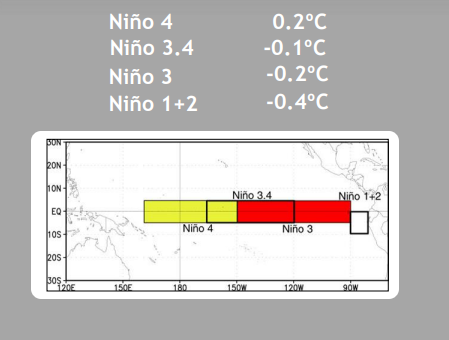
Triple dip La Nina lasted between 2020 and 2023. The mega event was followed by strong El Nino which prevailed between June 2023 and May 2024. La Nina onset was expected around July but the latest timelines take it beyond the monsoon season. All leading global agencies were substantially off the mark in their La Nina predictions this year. The early leads in the month of February projected La Nina conditions in July 2024. This forecast was retained in March 2024 as well. The first indication of likely delayed La Nina was spotted in the model forecast of May 2024 and this was vindicated in the subsequent forecast of June 2024. Even at this stage, the model forecast was suggestive of La Nina around Aug-Sep 2024. However, the timelines slipped yet again and the much awaited event rolls over to the northeast monsoon season.

But, why global models went wrong in their La Nina predictions. There is no single reason behind the prediction being off the mark. In hindsight, there are a couple of speculations to address the concern. The first in the list is that the weather models are likely to pick up signals of severe events ( El Nino/ La Nina) better than the weak ones. La Nina event in this season will not only be weak but also a short one, possibly for a truncated duration of 3-4 months. Another argument is that ENSO-Neutral duration after a strong El Nino has a tendency to prolong longer than expected. Water has a long memory and takes adequate time to cool down. This, exactly is the case this season. The temperature anomaly in Nino 3.4 region, the ONI marker for El Nino/La Nina, has remained within the threshold bounds of +/- 0.5°C, since May 2024. The latest value of the index, as on 09thSeptember 2024 was -0.1°C. At this rate, the onset of La Nina may even get stretched to Nov 2024.
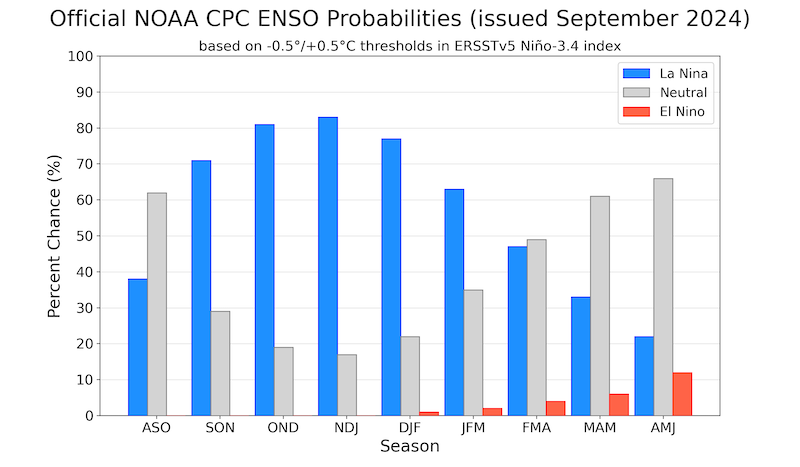
The spring predictability barrier (SPB) has a fairly strong correlation with the model forecasts. Practically, it may not be observed very often but the phenomenon reduces the skill of ENSO forecasts during boreal spring. In such cases, the forecasts may not be reliable till May and the accuracy is restored, after spring ends in June. As per researchers, El Nino events can cause a strong zonal advection feedback, which leads to a weaker SPB and makes El Nino more predictable. In contrast, La Nina events cause a weaker zonal advection feedback, which leads to a stronger SPB and makes La Nina less predictable. Further, finding signatures of weak La Nina becomes more difficult.
ENSO: The oceanic surface state and atmospheric conditions, both need to align well, for a coherent ENSO. The atmospheric state remained quite volatile and vitiated the ENSO conditions, thereby delaying the La Nina. The Southern Oscillation Index, after turning zero-zero in June, unintelligibly wielded spike of -0.7 in July 2024. The index turned significantly positive at 0.9 in August, the highest value since Feb 2023.
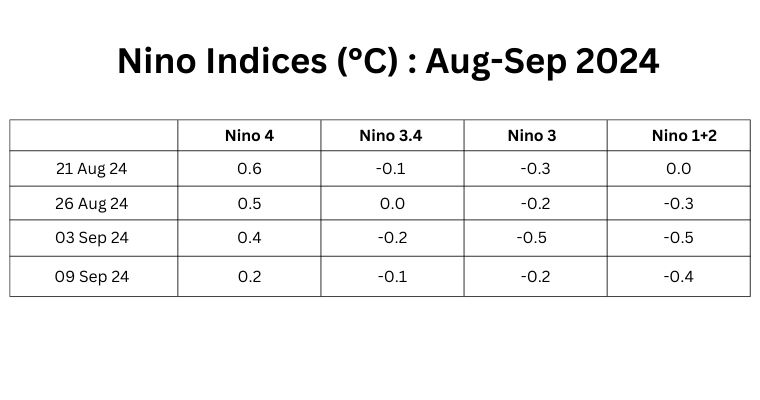
All the four Nino indices in the equatorial Pacific Ocean have warmed up slightly in the last week. All indices have once again slipped below the threshold value of -0.5°C. The average value of Nino 3.4, the indicator for El Nino/La Nina, over the last 8 weeks has remained -0.04°C. At this rate of cooling, the ONI is unlikely to reach/cross -0.5°C, during next 6 weeks.
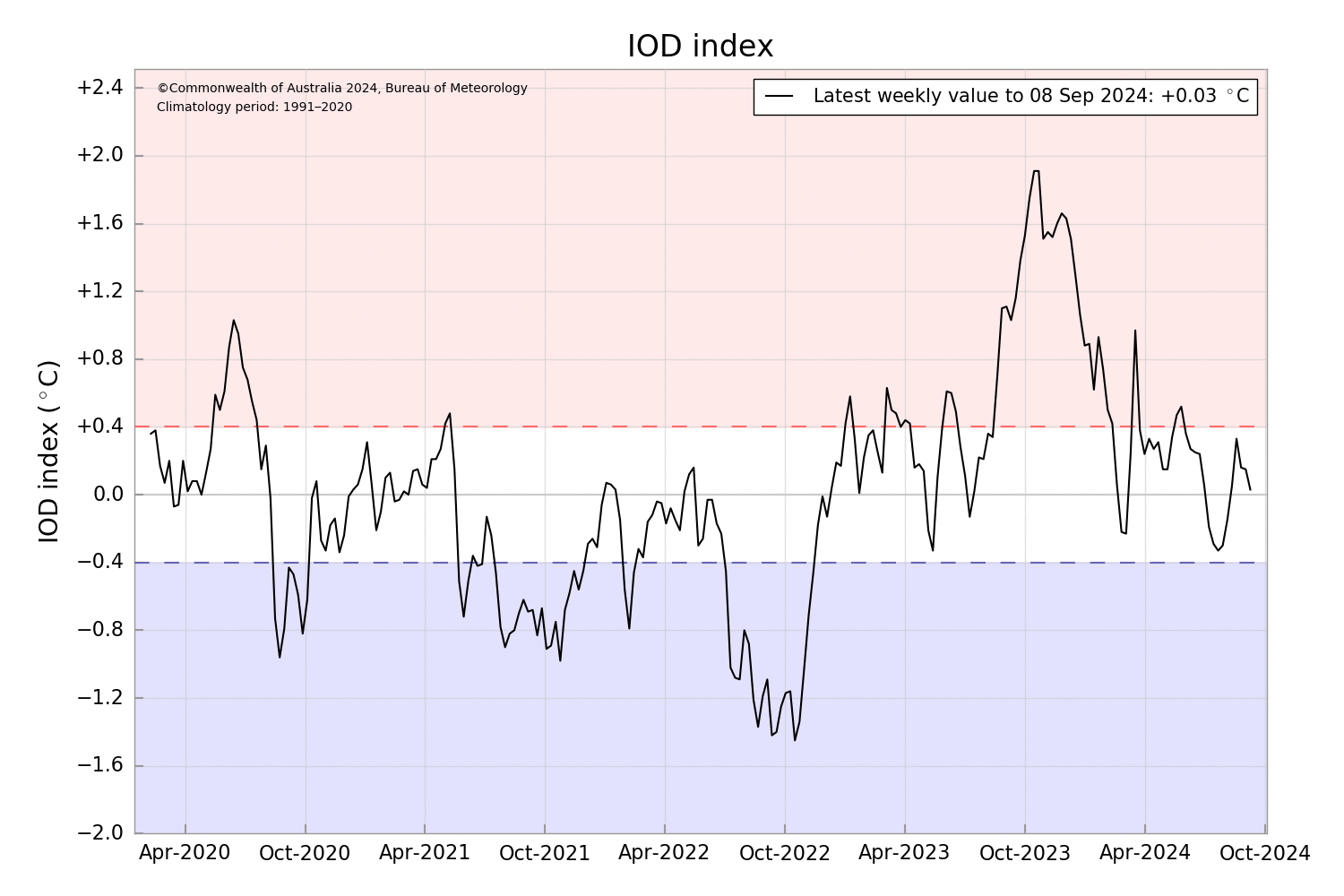
IOD: The Indian Ocean Dipole is currently neutral. The latest weekly index value as on 08thSep 2024 was +0.03°C. The IOD is likely to remain neutral till the fall of the year. Global SST’s were the warmest on record for the last few months. However, the current global pattern differs to historic patterns of SST’s associated with ENSO and IOD. This will make the future predictions of ENSO and IOD, based on past records, more unreliable.

MJO: The Madden Julian Oscillation has propagated eastward from the Indian Ocean to the Maritime Continent. The MJO signal is likely to gain amplitude and also move over the Western Pacific in Phase 5 & 6. This will enhance the chances of tropical storm development over the Philippines Sea and South China Sea. MJO position over the Maritime Continent favours strengthening of trade winds which in turn, can assist La Nina development.
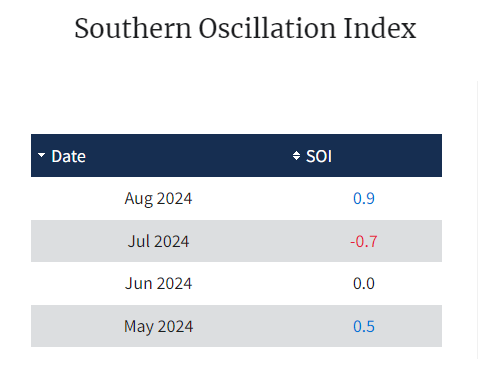
The retreat of monsoon is approaching closer and may commence with some deviations from the schedule. Monsoon 2024 had a smooth sail without the support of La Nina and IOD. The second half of September, more so, the last ten days, may not be as energetic, as witnessed in the first half. But overall, the season will conclude on a satisfactory note.


